Intro
Notable for being the only Spanish Colonial type that doesn’t run wild in the US, the Wilbur Cruce Colonial Horse is named for their founder, Ruben Wilbur.
Read more
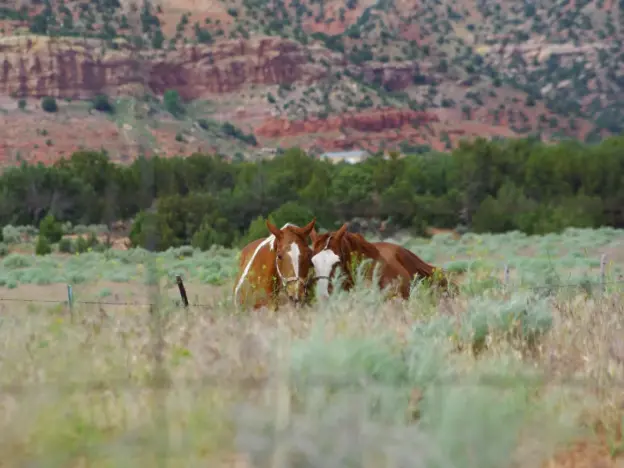
Notable for being the only Spanish Colonial type that doesn’t run wild in the US, the Wilbur Cruce Colonial Horse is named for their founder, Ruben Wilbur.
Read more
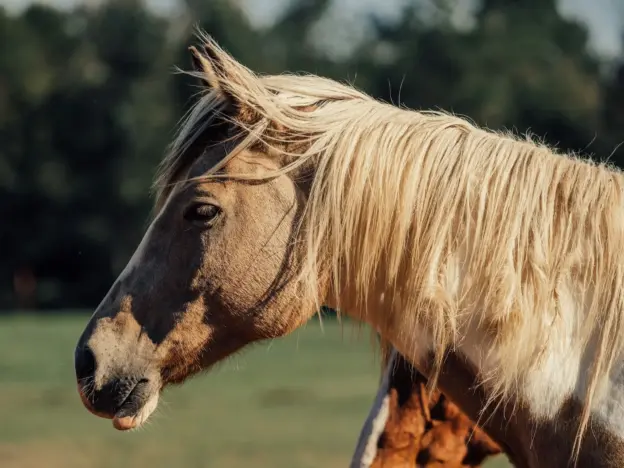
Not an official breed, the Whitmire Horse is a strain of Cherokee Horse and part of the Spanish Colonial Horse family.
Read more
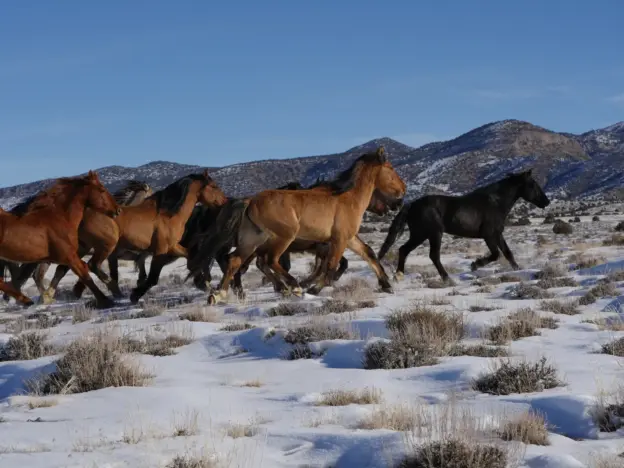
Not an official breed, the Spanish Sulphur, Zebra Horse of Utah or Sulphur Springs Mustang are a particularly pure strain of feral Spanish Colonial Horse found in Utah.
Read more
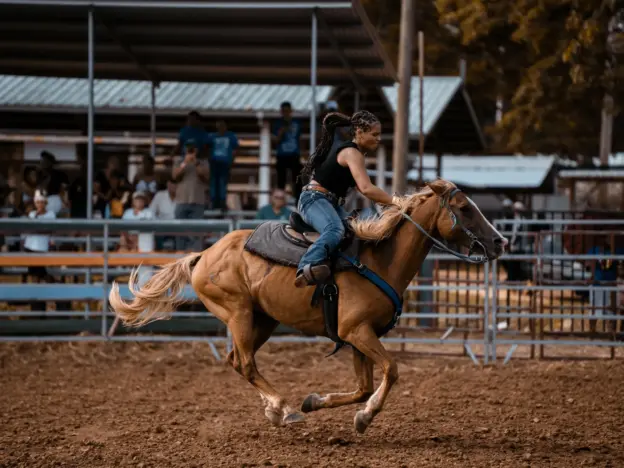
Not an official breed, the American Stock Horses are not bred for breed genetics, but rather for their agility and ability to work with cattle.
Read more
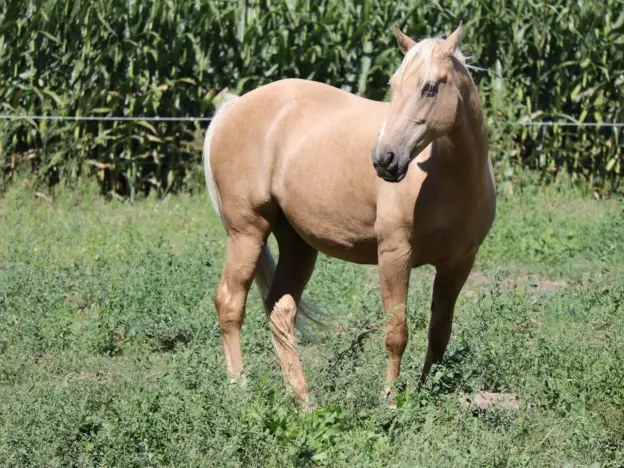
Like many of the feral horses found in the US, Santa Cruz Island Horses are the feral descendants of domestic animals brought to the island.
Read more
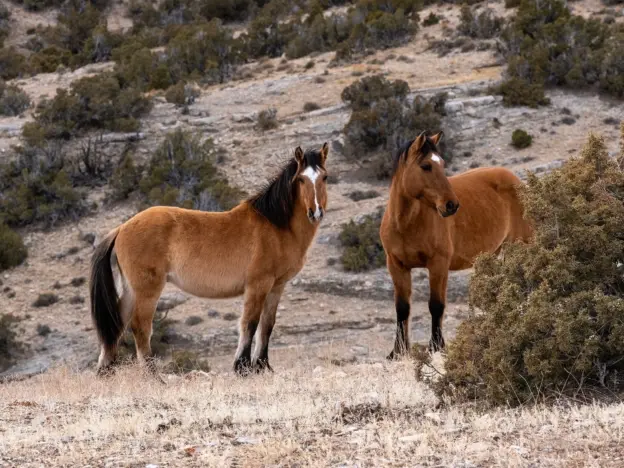
There are many different strains of American Mustang, all of them originally imported Colonial Iberian types. The Pryor Mountain herd is notable for being particularly pure genetically.
Read more
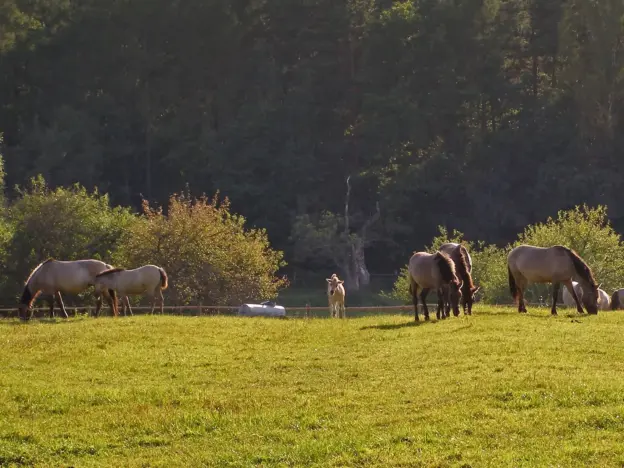
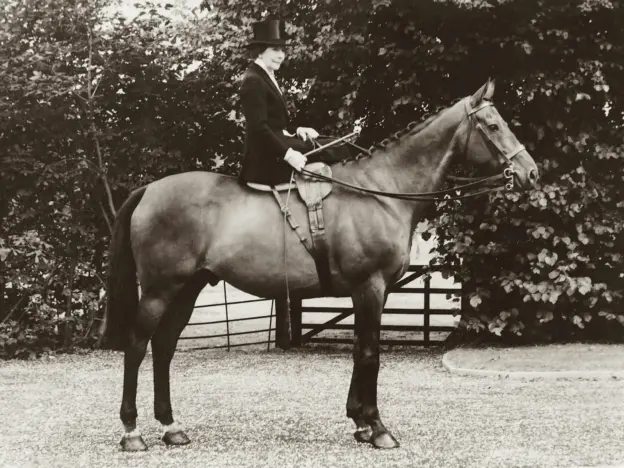
Not an actual breed, the Hack Horse is essentially an Anglo-Arabian and there are several different strains associated with the variety.
Read more
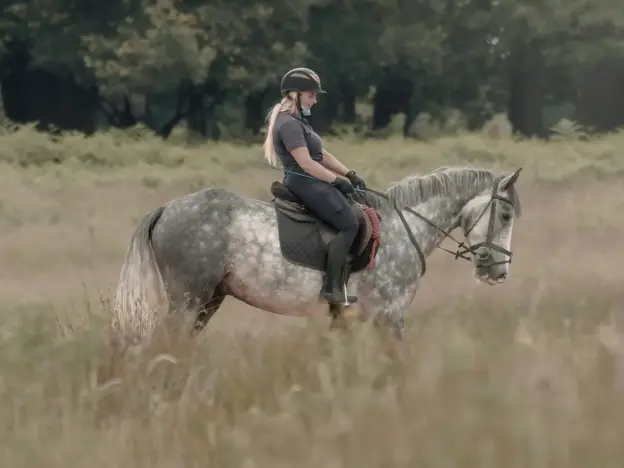
Not an actual breed, the Hack Horse is essentially an Anglo-Arabian and there are several different strains associated with the variety.
Read more
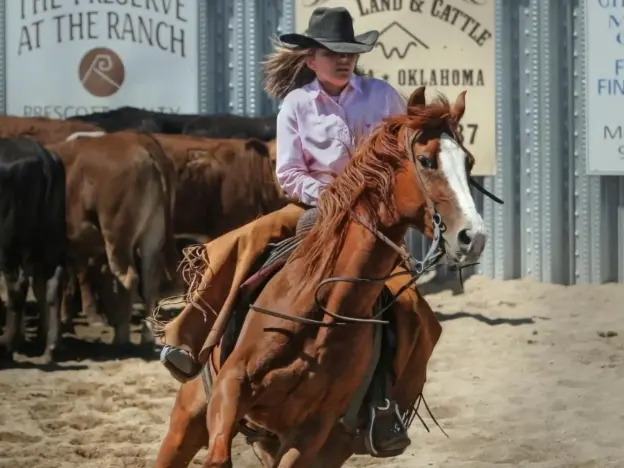
Cutting horses aren’t an official breed, but rather a type of stock horse (usually a Quarter Horse) bred specifically for cutting competitions.
Read more